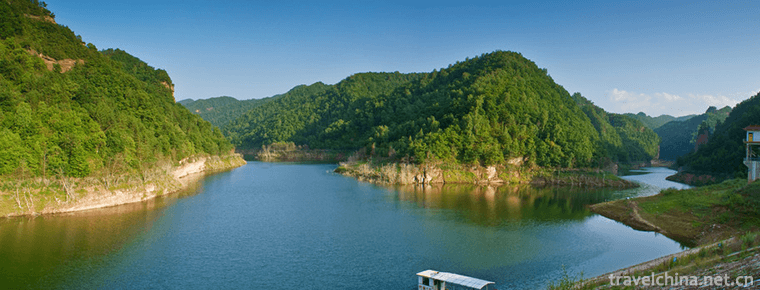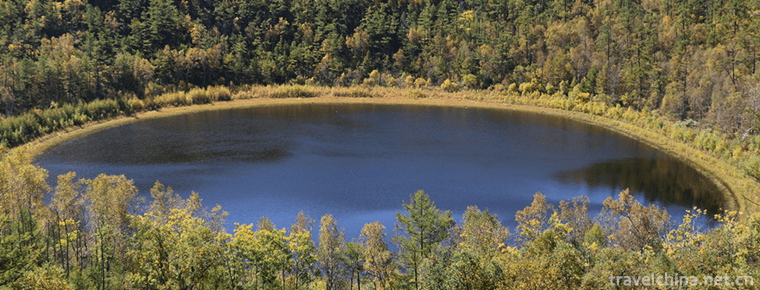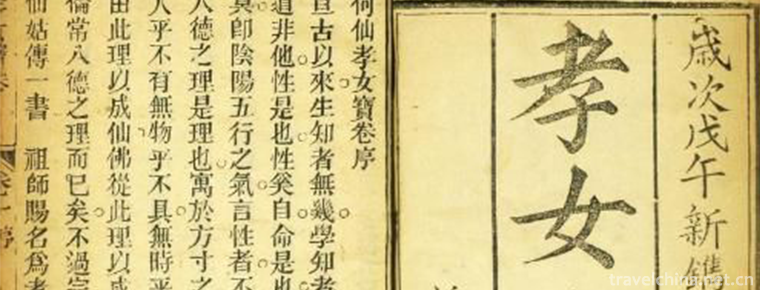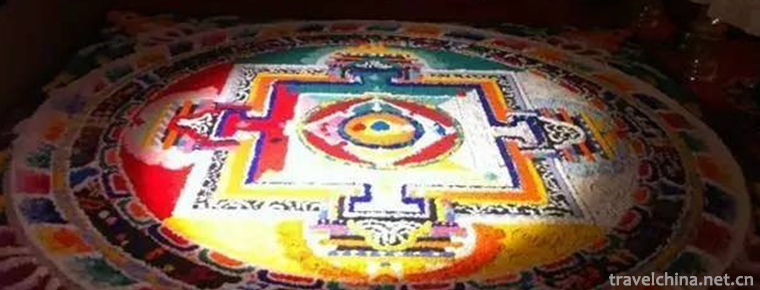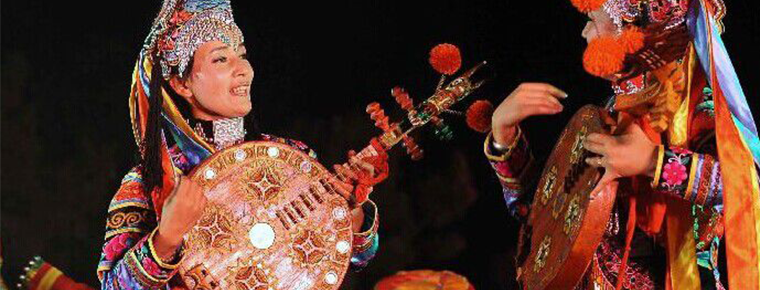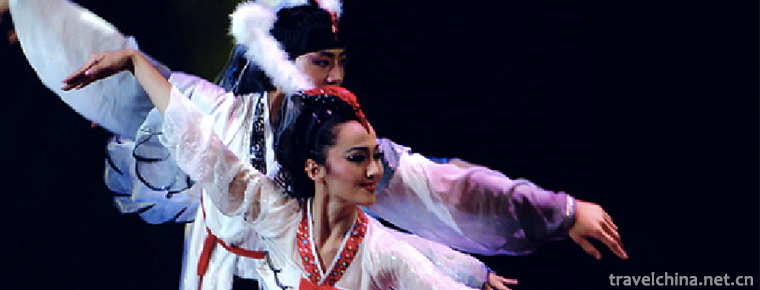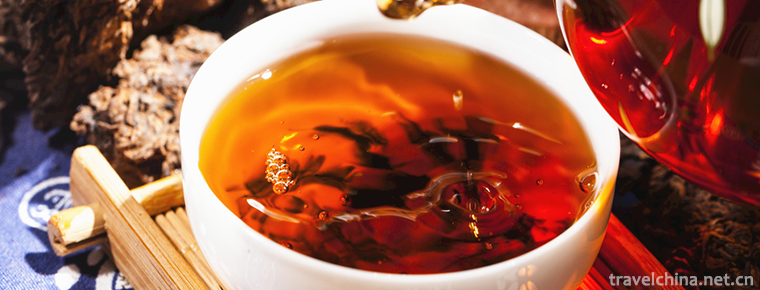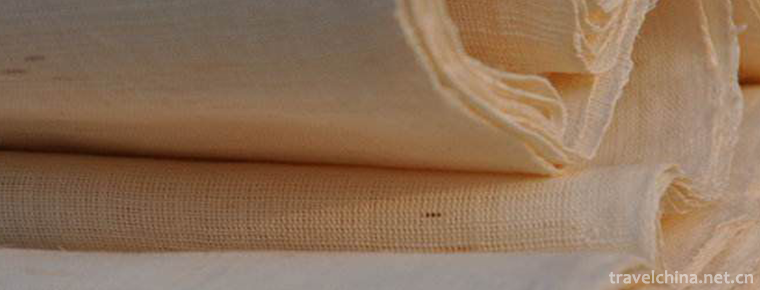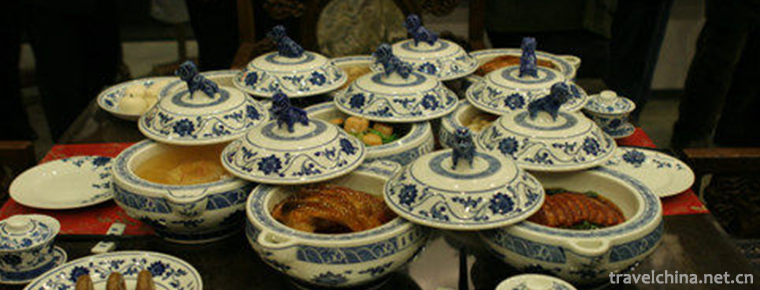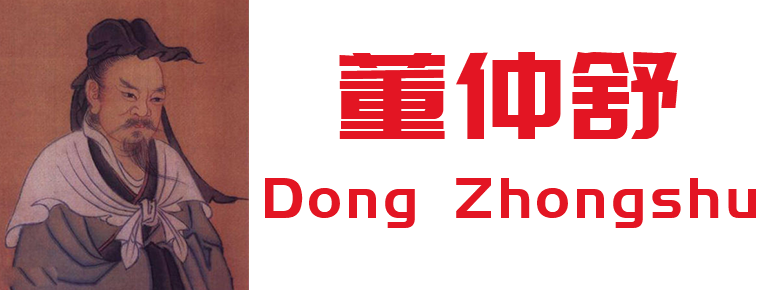Make a chant
Make a chant
Bamboo and hemp trumpet is a traditional folk song of Qionglai City, Sichuan Province. It belongs to a kind of labor trumpet sung by local papermaking workers when playing bamboo and hemp. It is mainly popular in Jinhua Village, Jinhe Village, Yangwan Village, Lugou Village, Tongle Village and Huacai Village of Pingle Town in Chengdu. Bamboo and hemp trumpet singing is primitive, simple, extensive and high-spirited. It is one of the intangible cultural heritages of a few traditional folk singing genres in Western Sichuan. It has strong local characteristics and unique artistic charm.
On June 7, 2008, the production number was approved by the State Council and listed in the second batch of national intangible cultural heritage list.
Singing Style
The singing style of bamboo and hemp trumpets is the traditional folk music form of "one leading group and harmony type". In the heavy and monotonous work process, when the hook hand is long nail rake, the bamboo and hemp trumpets need to be played to the workers, the loud song of bamboo and hemp trumpets began to ring throughout the paper mill. At the beginning, a worker led the singing, and then many workers joined in chorus, in order to achieve the purpose of inspiring energy, unified rhythm, expressing feelings and eliminating fatigue. With the rhythm of the trumpet from slow to fast, the movement of paper workers is becoming more and more vigorous and powerful. When the bamboo and hemp are almost finished, the mood of workers and the chant of the trumpet also reach a climax, giving people a sense of inspiration and enthusiastic and unrestrained artistic beauty.
Singing features
The songs and tunes of bamboo and hemp chant include high tune, flat tune, chain buckle, silk tune and twist tugging, etc. They are rich in rhythm and change. The content of the lyrics is also rich and delicate, the randomness and flexibility of the paragraph are strong, and the linings such as "wordy bah", "fei", "moo" are often used between the paragraphs, especially the traditional aria "Decades of February".
Here, the passion for work and the emotion of singing are perfectly unified. The lyrics of bamboo and hemp chant mainly reflect local traditional folk customs and folk arts, local social and economic conditions and people's production and lifestyle. And with the change of the times, the content is also updated, which has a strong artistic vitality.
Beating bamboo and hemp is the most arduous work in the traditional manual papermaking process. It needs tools to break the whole bamboo. Therefore, people have invented the bamboo and hemp chant to express happiness and life in the arduous work. With the development of social economy, today Pingle Town and its nearby handmade paper mills have gradually been replaced by machine paper, but bamboo and hemp chants are still retained as a popular form of folk music, which has become a witness of that era.
Inheritance value
Most of the surviving old papermaking workers in Pingle can sing bamboo and hemp chants completely. In the 1950s, the bamboo and hemp trumpets collected and sorted out were put on the stage and became the unique folk literary and artistic programs of Bazi in Western Sichuan. This simple slogan originated from life, has participated in Sichuan literary and artistic performances and won prizes, but also to the Great Hall of the People to participate in the national folk song elite performance, won the audience's favorite and highly praised.
The bamboo and hemp chant records an unforgettable history. Nowadays, the ancient paper-making site of Pingle ancient town has been listed as the cultural relics protection unit of Chengdu. The bamboo and hemp chant born in the process of paper-making has also become a popular "original ecology" repertoire on the stage of tourists and literature and art. The inheritance and development of bamboo and hemp chant is undoubtedly a memory and praise of an era, a kind of life and a kind of creation.
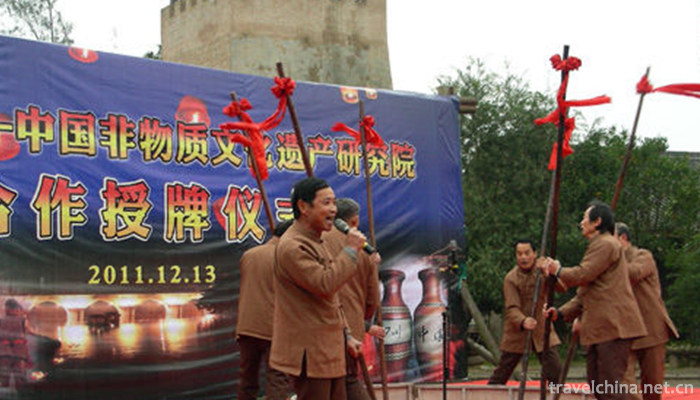
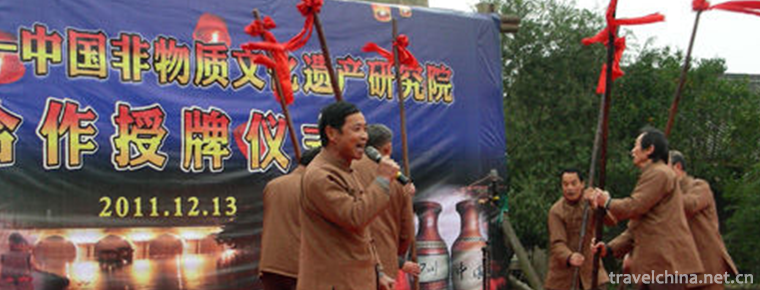
Make a chant
-
Yunya Temple Scenic Area
Yunya Temple Scenic Area is a comprehensive scenic area, which is represented by the unique Danxia landform on the Loess Plateau, and is composed of abundant forest resources
Views: 150 Time 2018-12-22 -
Zhalantun Scenic Area
Zhalantun Scenic Area is located in Hulunbuir City, Inner Mongolia, including Zhalantun City and the Greater Hinggan Mountains in the northwest. The mountains are dense with pine and birch
Views: 163 Time 2019-01-25 -
Treasure roll
Baojuan is a traditional Chinese literary form of rap and singing, which evolved from the folklore in the temples of Tang Dynasty. Most of the authors are monks and nuns.
Views: 520 Time 2019-04-04 -
Painting of Painted Sand Tancheng
He said that if we compare life to a picture scroll, if the world wants to be detached from things and hearts, should it also laugh away the glory or frustration,
Views: 376 Time 2019-04-04 -
Cham
The Yi epic, recorded in the old Yi language and widely circulated, describes the origin of all things in the Yi legend. The Yi people call it a "search" to describe the origin of a thing be
Views: 169 Time 2019-04-15 -
Korean Crane Dance
Crane Dance of the Korean Nationality has a long history and is a unique dance performance form of the Korean Nationality in China. It has the national characteristics and the value of artistic resear
Views: 208 Time 2019-04-16 -
Production Techniques of Black Tea
Qimen Black Tea is the only black tea among the top ten famous teas in China. It is produced in Qimen County, Anhui Province. Tea production in Qimen has a long history, which can be
Views: 157 Time 2019-05-03 -
Weaving Techniques of Summer Cloth
Wanzai summer cloth is completely manually woven. Its production process mainly consists of ramie treatment, yarn performance and weaving. It needs many processes to weave.
Views: 218 Time 2019-07-01 -
Cuisine Skills of Official Cuisine in Zhili
The culinary skill of official dishes in Zhili is a precious cultural heritage of Baoding ancient city. Since the Qing Dynasty and the Republic of China, official cuisine and cooking skills in Zhili h
Views: 157 Time 2019-07-25 -
Dong Zhongshu
Dong Zhongshu (179 BC - 104 years ago), Guang Chuan (Hebei Jingxian County southwest, Jingxian County, Gucheng, Zaoqiang three counties junction) people, the Western Han Dynasty. philosopher emperor j
Views: 127 Time 2019-09-07 -
Yele Nature Reserve
Yele Nature Reserve is located in Yele Township, north of Mianning County, Sichuan Province, bordering on the south of Shimian County, Ya'an City. It is a provincial nature reserve. It is 70 kilometers away from Mianning County.
Views: 246 Time 2020-10-16 -
Huanglongxi ancient town
According to the annals of Renshou County, the ancient name of Huanglong river is Chishui. According to the annals of Renshou County, Chishui River confluences with Jinjiang River. The water is brown and the river is clear.
Views: 200 Time 2020-11-06
